7 TYPES OF WILDLIFE TRAFFICKING
IN INDIA
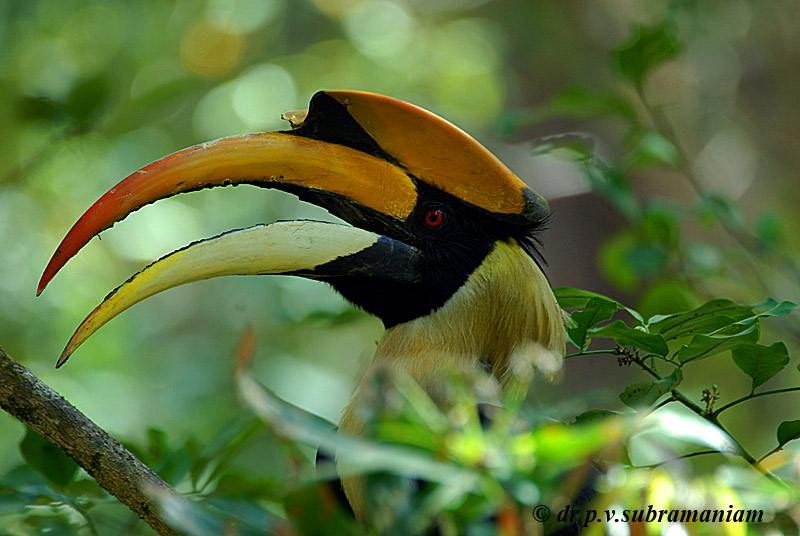
With the increasing efficiency of travel modes, it has become easier than ever for wildlife trafficking to become one of the largest forms of transnational organised crime today. Airports, especially, have emerged as a popular route for transporting wildlife contrabands due to the shorter travel time and wider global reach. India plays the role of a source and transit to meet the growing demands for illegal wildlife products across the world.
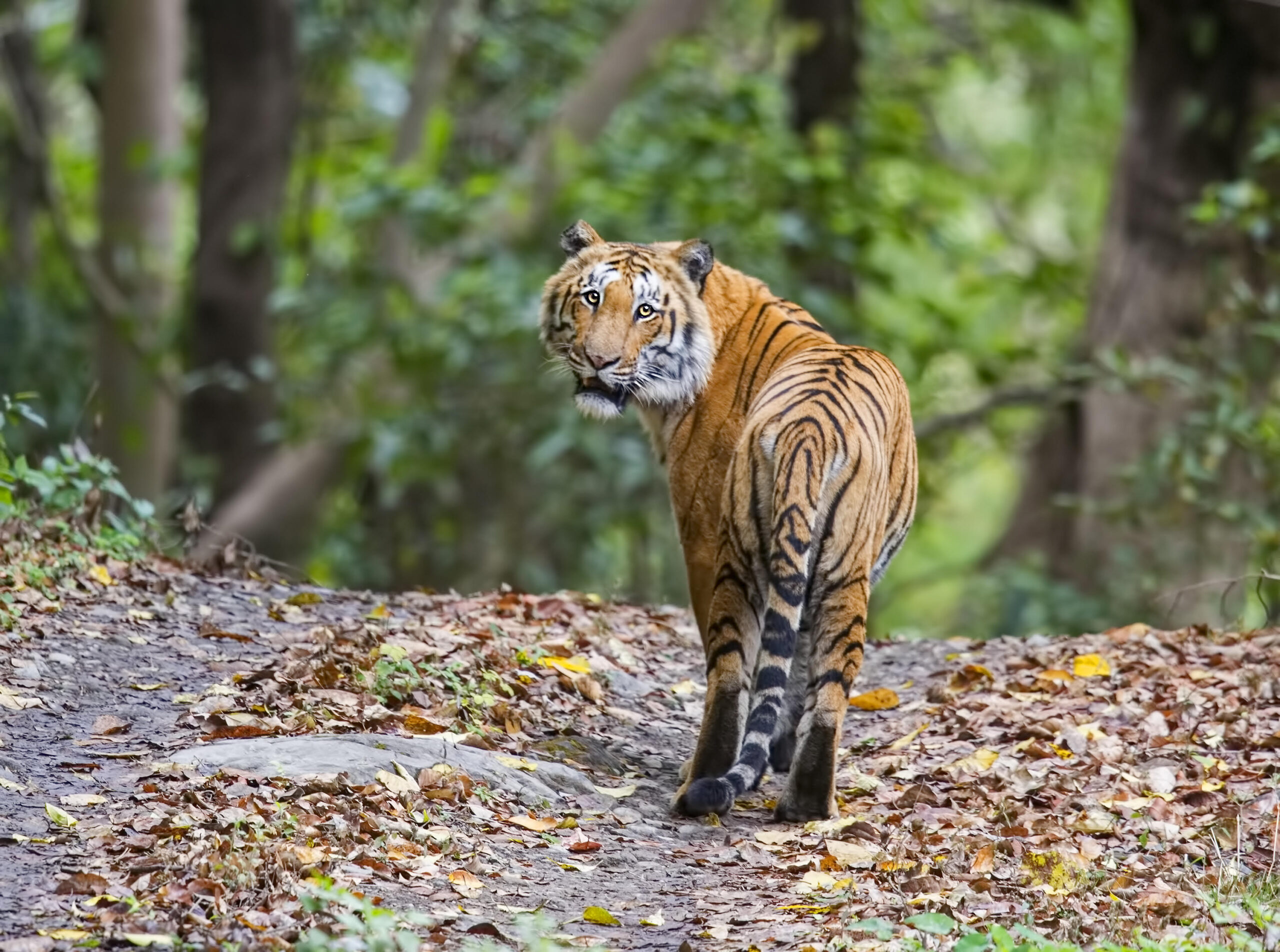
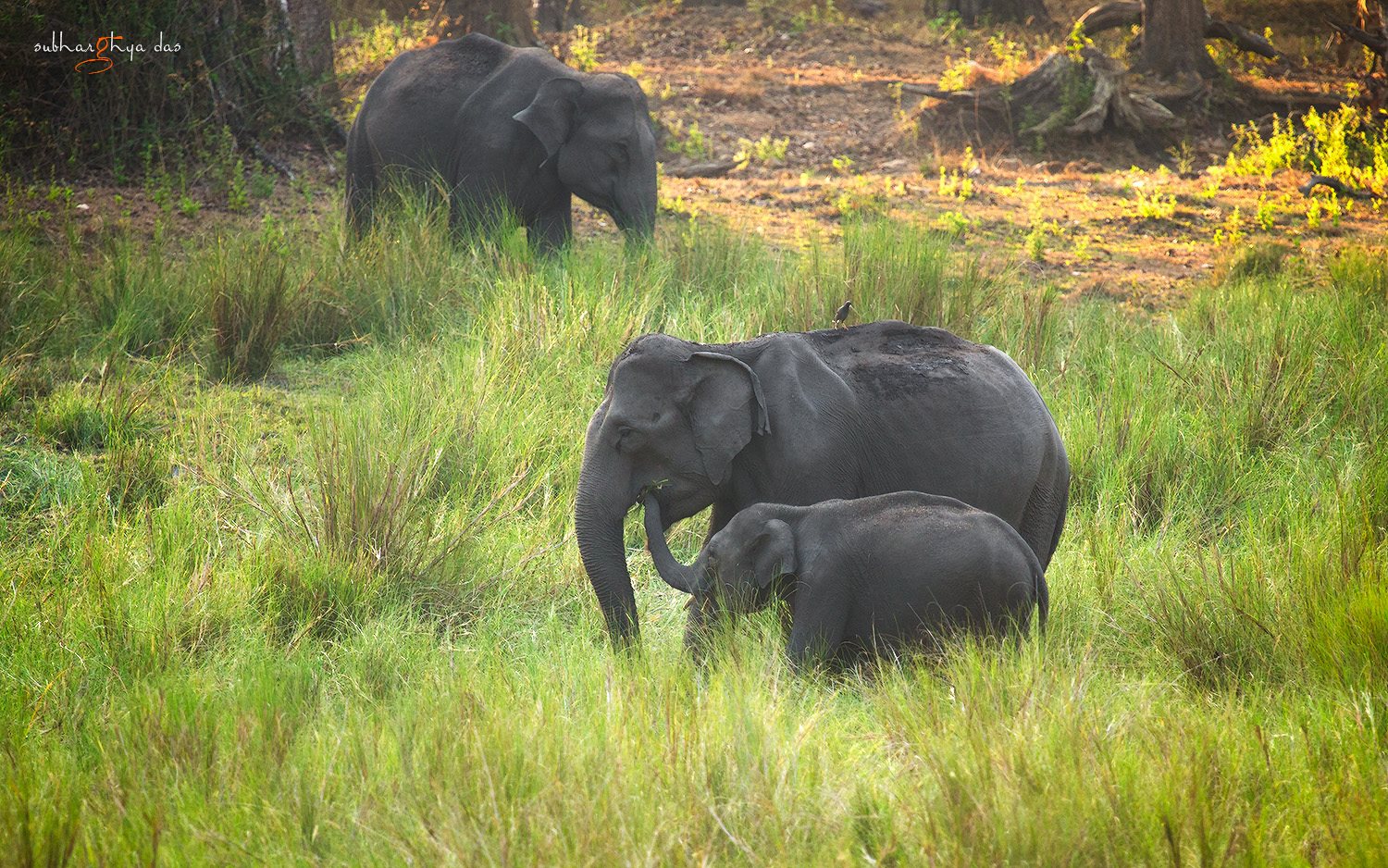
Elephant Tusks – Ivory
Despite the ivory trade being banned since 1986, India’s elephants continue to fall prey to poaching for their tusks every year. Poaching has serious consequences for Asian elephants, which are already threats to their existence with habitat loss, human-animal conflict and accidental deaths on railway tracks and roads in India. Unlike the African species, only the males of the species bear tusks in Asian elephants; this leads to selective poaching that skews the gender ratio in elephant populations across India.
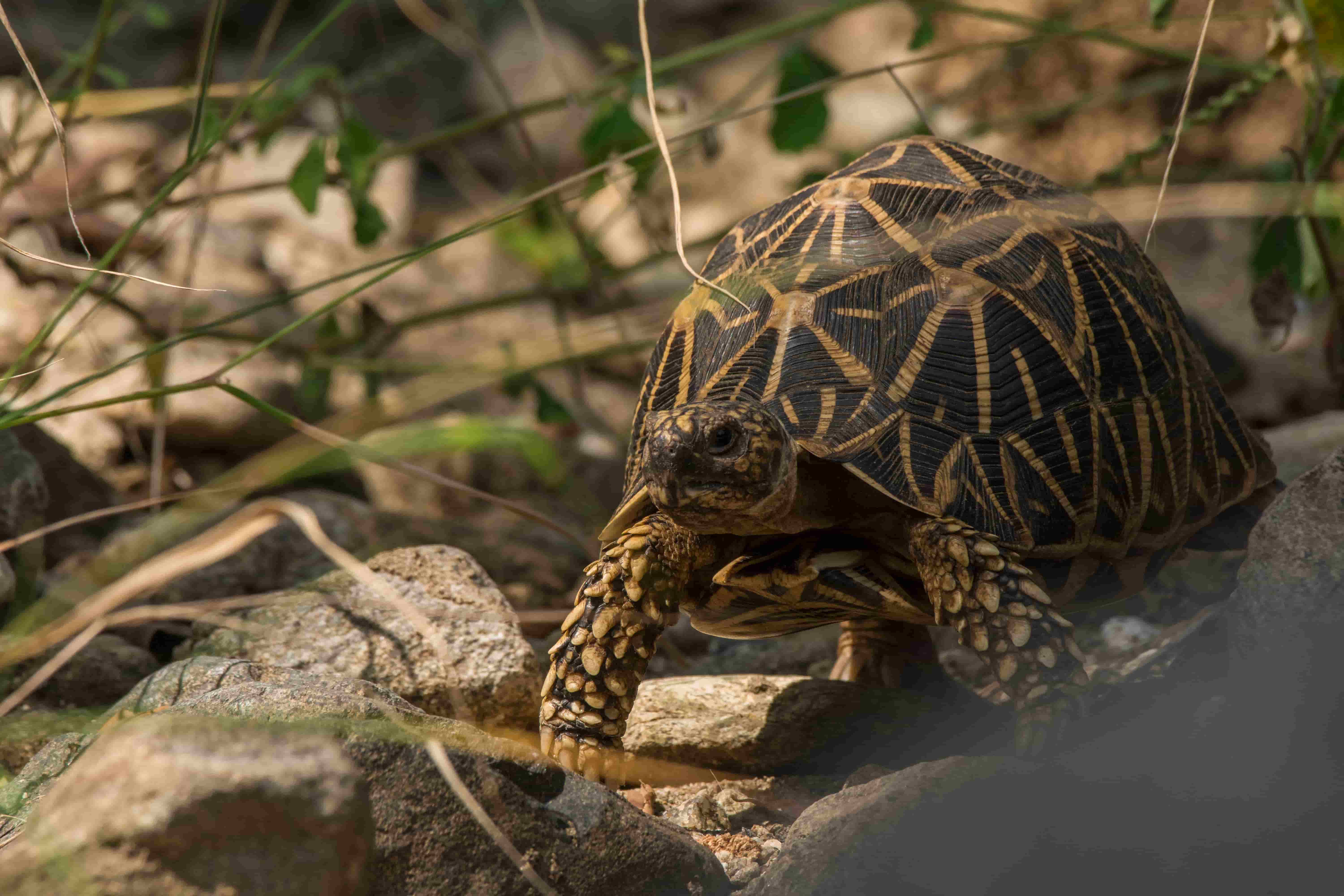
Tortoises
The Indian star tortoise is the most trafficked reptile in the world. Stuffed into suitcases, shopping bags and boxes, Indian star tortoises are trafficked every year from their native India and Sri Lanka to destinations as far as Southeast Asia, Europe and the United States. They are used as exotic pets or lucky charms, as it is a belief in parts of Southeast Asia that these tortoises bring luck.
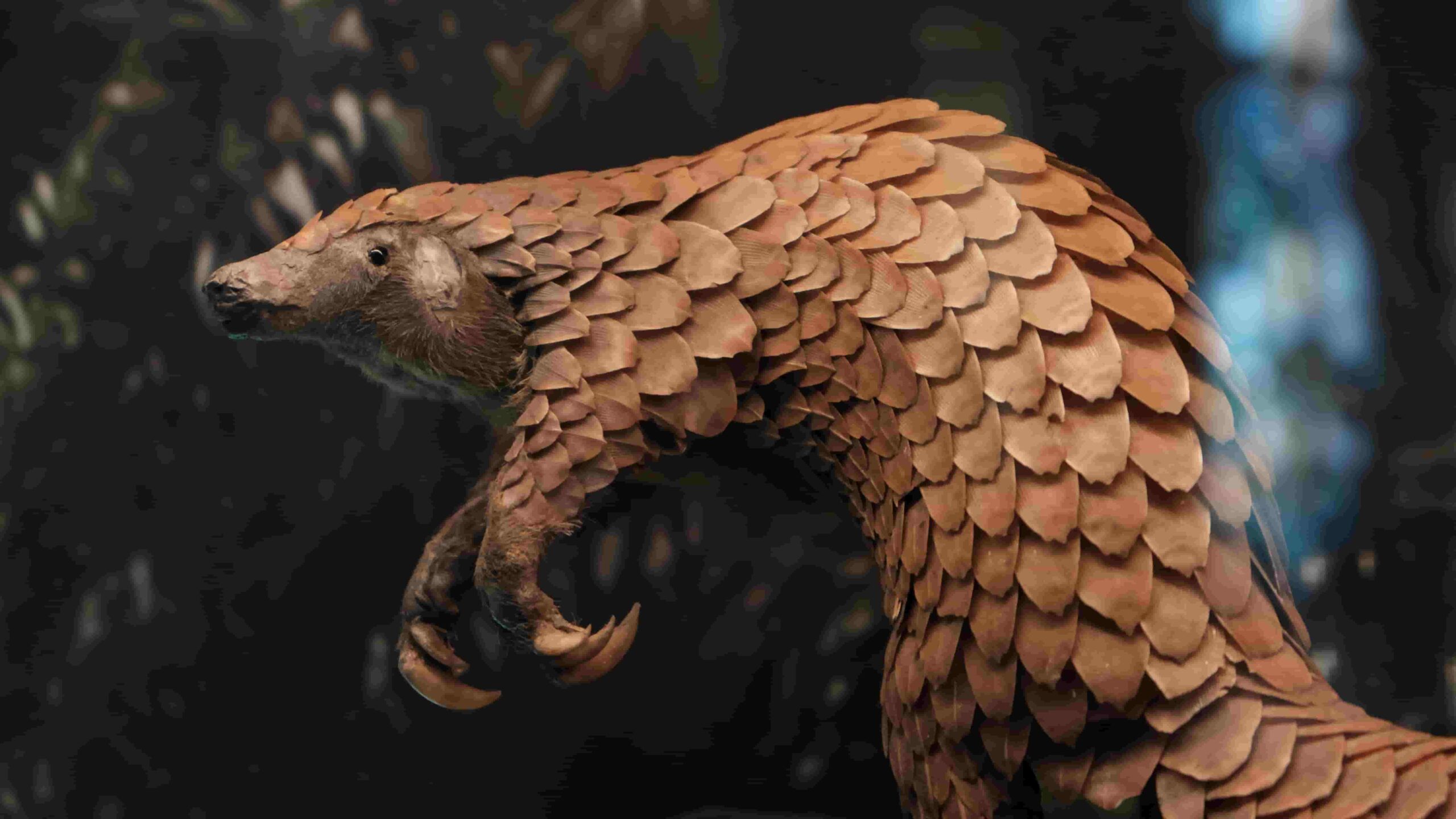
Pangolins
India is a major hub for pangolin trafficking. Listed as an endangered species on the IUCN Red List of Threatened Species, this animal is hunted for meat and scales, generally used in traditional medicine. The increase in global trafficking has accelerated its poaching. The animals and their scales are smuggled through India to China and other countries via Myanmar. Even with the imposition of a ban on poaching these animals, approximately 6000 pangolins were poached in India between 2009 and 2017, with Manipur and Tamil Nadu being hotspots for pangolin smuggling, according to wildlife trade monitoring network TRAFFIC’s 2018 report.
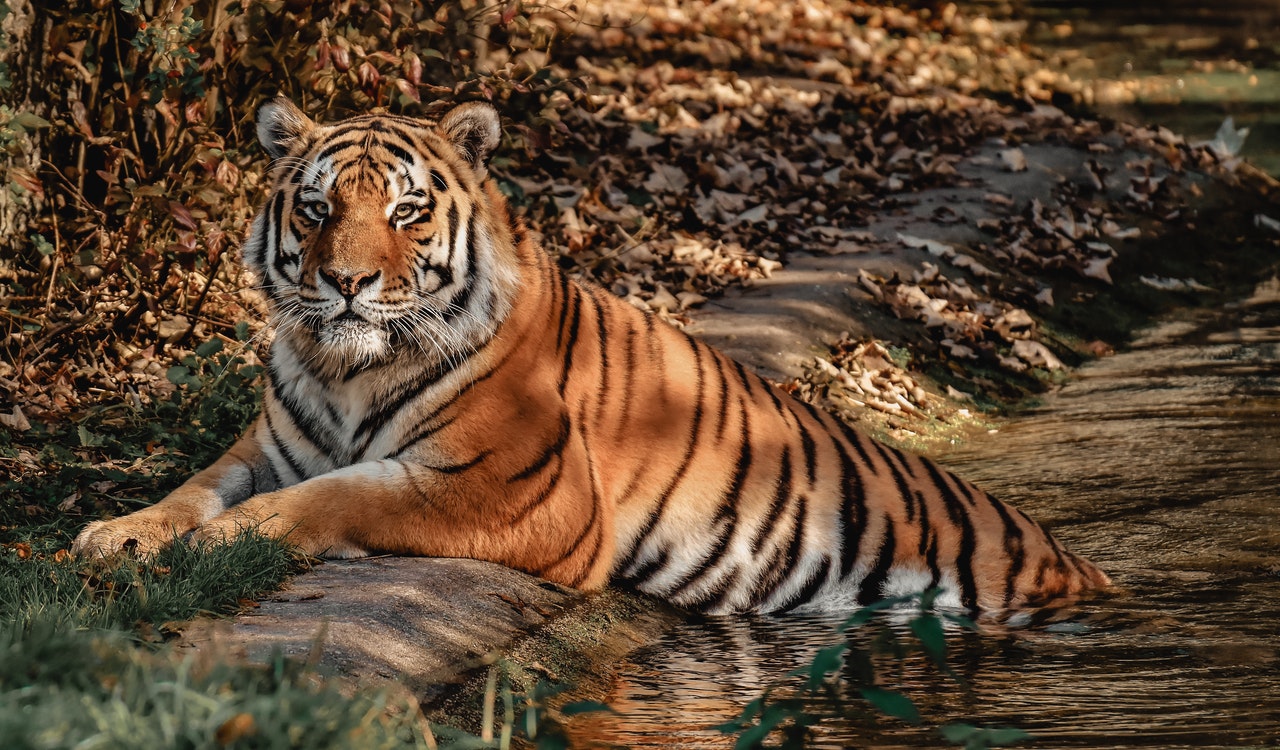
Tigers
According to the World Wise data for the period between 2007 and 2018, India and Thailand are the main source countries for the international tiger parts trade. The body parts are primarily used for medicinal purposes across the world. The biggest destination for tiger parts is China, followed by Thailand and Vietnam. The most sought-after tiger parts include the bones, which are thought to heal bone, joint and ligament injuries in humans. In some regions of China, tiger body parts are delicacies served at special private banquets.

Rhino Horn Trading
Over the past decade, the poaching of rhinos for their horns has grown into a global criminal enterprise. A smuggling route from India to Southeast Asia and China via Myanmar appears to be increasing – there is a risk that this could grow as a major threat to Asian rhinos. Rhino horns fetch a high price for their uses in traditional medicines, and are also highly sought-after as status symbols.
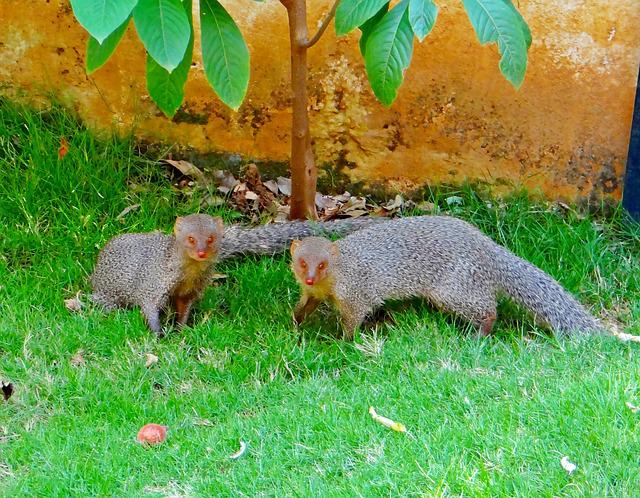
Mongoose Fur
As many paintbrush brands use mongoose hair for the bristles, more than 50,000 mongooses are killed every year. India is a major source of illegal mongoose hair export. The country’s 6 mongoose species are protected under Schedule II Part II of India’s Wildlife (Protection) Act, 1972. The Indian grey mongoose is the most hunted. Most of India’s mongoose hair paintbrushes are produced in Sherkot, Uttar Pradesh. Apart from the prohibition of trade in mongoose body parts, the punishment for using these brushes is up to seven years imprisonment or a hefty fine.
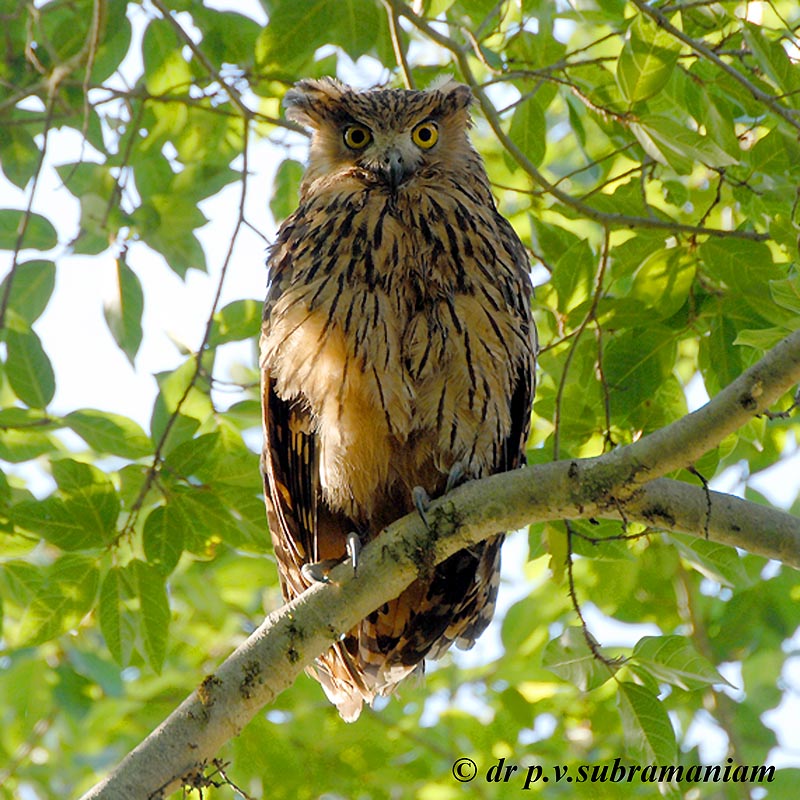
Birds
The trade of wild birds was banned in 1990-91 in India, but the trafficking of birds continues to flourish. The Rose-ringed parakeet, Alexandrine parakeet and Plum-headed parakeet are three of the country’s most traded birds. These birds are commonly kept as pets in households. Owls are also often found in the wildlife trade in India. These birds are trapped primarily for sacrifice and use in black magic rituals.
Unless the illicit trafficking, smuggling and trade of wild animals are battled with higher intensity and efforts, several wildlife populations will remain under threat. Increased conservation and protection efforts for endangered species are crucial for maintaining a healthy ecosystem across the country, and the world.
Project Aquarius – A Water for Wildlife Initiative
Climate-informed wildlife conservation is a long game. With Project Aquarius, we aim to boost wildlife protection in India and reduce the burden on wildlife of finding access to clean water sources. These solar pump installations bring tangible benefits to wild animals, promoting their good health while also preventing their movement into human habitations in search of water, thereby minimising human-animal conflict.
We need all the help we can get to keep Project Aquarius going strong and doing our bit for wildlife conservation in India – get in touch if you’d like to support us!
EARTH BRIGADE FOUNDATION:
Email: director@earthbrigadefoundation.org
